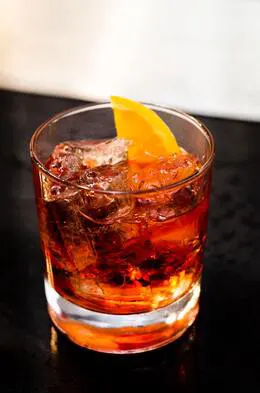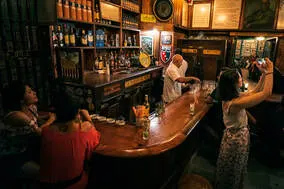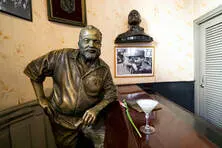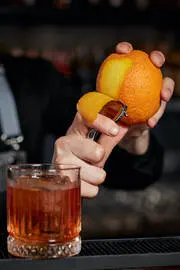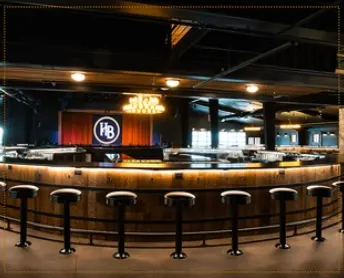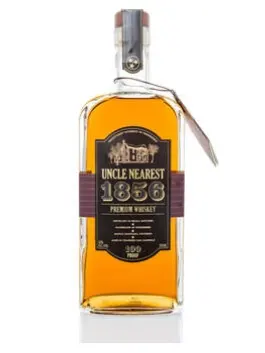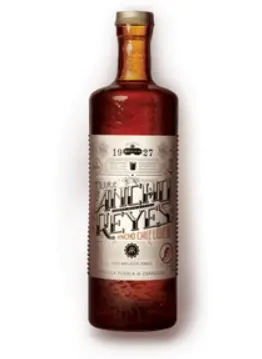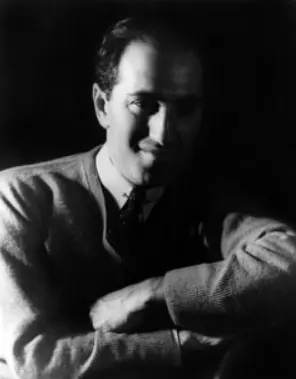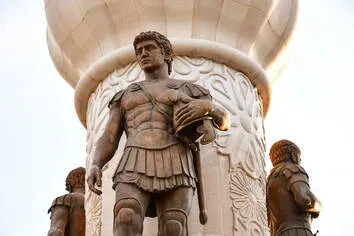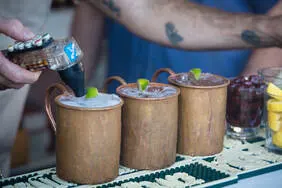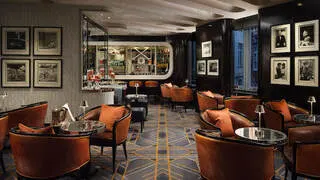The Tale of Two Negronis
Happy Negroni Week!
This week, Campari and Imbibe Magazine join forces to celebrate one of the world’s most popular cocktails and to support Slow Food, which works to create a more sustainable and equitable environment in the food and beverage industry. Bars and restaurants around the globe will be celebrating the Negroni by highlighting its supreme versatility and seemingly unlimited appeal.
So, what better time to delve into the peculiar, but fascinating origin story of the Negroni?
Like many cocktail origin stories, this one has more than one “official” set of facts. General consensus comes down to two mostly accepted versions; let’s call them the “Clown version” and the “General version.”
The Clown Version

In 1892, a colorful character from Florence, Italy named Camillo Negroni sailed into the port of Ellis Island on the steamship Fulda. Camillo called himself a “count,” but his provenance for this title has long been doubted and debated. Also hazy was his actual job history while in the States: Count Negroni has been described as a banker, a riverboat gambler, a cowboy, and a rodeo clown. Whatever his job, it seems that during his time stateside, Negroni developed a great fondness for the cocktail known as the Americano: Campari, sweet vermouth, and soda. He also developed quite a fondness for gin.
Fast forward to 1919, by which time Negroni had returned to Florence. At the Caffè Casoni, “Count” Camillo Negroni asks bartender Fosco Scarselli to make him an Americano, but to make it stronger. Supposedly, it was then that Negroni requests that the bartender replace the soda water with gin. Voila! The Negroni was born (if you go with the clown story).
The General Version
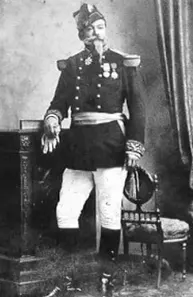
As colorful and entertaining as the story of Count Camillo may be, it has recently been disputed by a verified descendant of the Negroni family.
Noel Negroni asserts that, in fact, it was his relative, distant cousin General Pascal Negroni, who is the rightful inventor of cocktail. Noel’s first line of argument rests on the fact that there is no Count Camillo to be found anywhere on the Negroni family tree!
Pascal Negroni joined the French army in 1847 at the age of 18. At the age of 41, he led a successful charge in the Battle of Worth and was decorated as an Officer of the Legion of Honor. Later, in the Franco-Prussian War, Pascal was taken as a prisoner of war for several months, but would eventually be promoted to brigadier general in 1884.
Prior to his service in the Franco-Prussian War, Pascal Negroni was posted in Saint Louis, Senegal. During this time, Pascal wrote a letter to his brother Roche, which reads: “. . . Incidentally, did you know that the vermouth-based cocktail that I invented in Saint Louis is a great hit at the Lunéville officers club?” This seems to confirm the idea that the original Negroni was indeed Pascal’s invention. Additional accounts from pharmacists and barmaids in Senegal mention a French Army captain who championed the delights of the Negroni throughout the region. Some inconsistencies remain in the accounting of the General’s version, but it appears that there is a greater reason to accept the General theory over the Clown/Count theory.
No matter which version you choose to believe, one thing is indisputable: Negronis are delicious. Just so you have it handy, here’s a recipe for a classic Negroni (and, if you like, the Batch 22 variation). Why not use Negroni Week as your inspiration to go and enjoy this classic cocktail?
Negroni
Instructions
- In a rocks glass with ice stir:
- 1 oz. Sweet Vermouth
- 1 oz. Gin (or Batch 22)
- 1 oz. Campari
- Garnish with an orange peel.
Added Bonus: Go to @drinkbatch22 on Instagram or drinkbatch22 on Facebook to see the special recipes we created to honor Camillo and Pascal Negroni.


